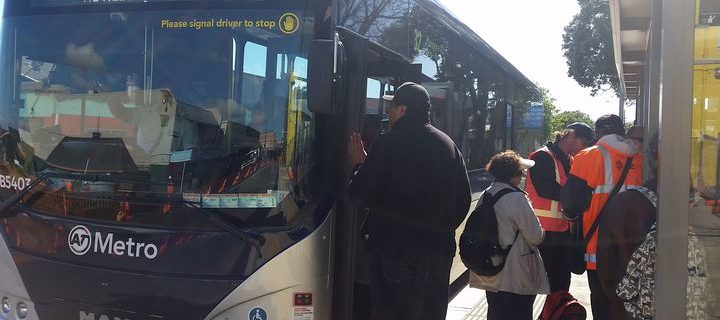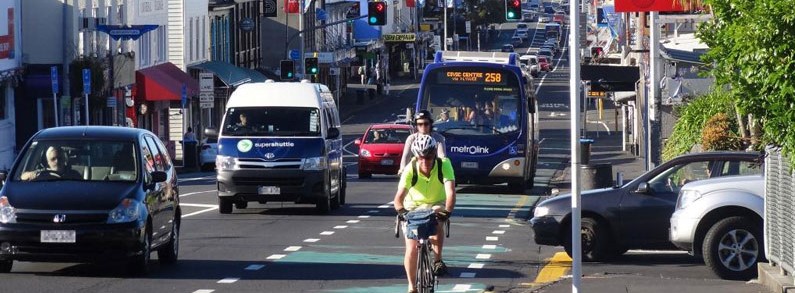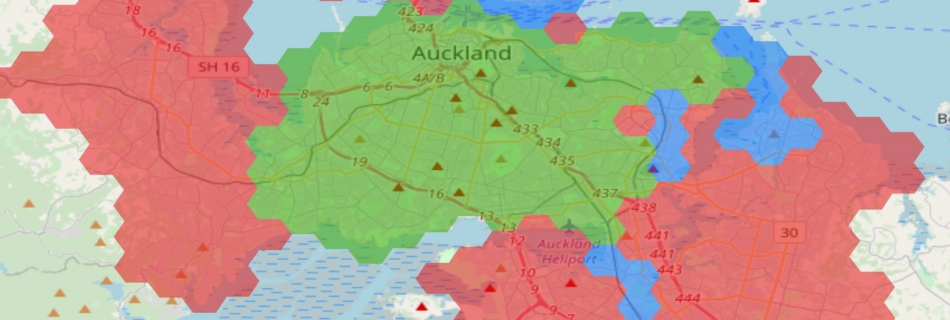Transport Accessibility in Auckland
Measuring accessibility There is a subtle difference between transit accessibility and the accessibilities provided by other transportation modes. The main difference of transit accessibility is in its schedule. While travel time to/from transport and in-vehicle time is common between car and transit, the real test of freedom in transit relies on its spontaneity. Frequency has …



